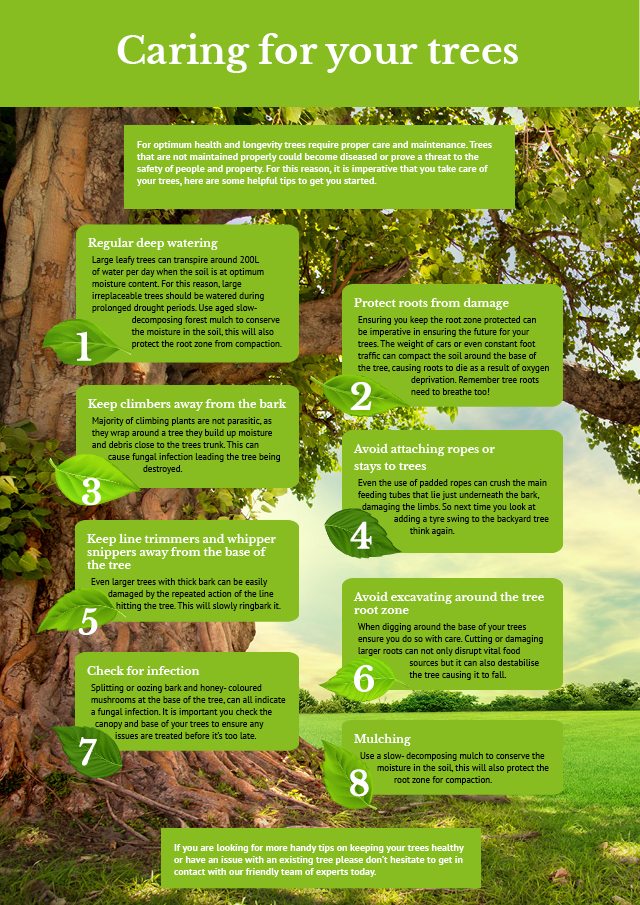Establishing The Correct Time For Tree Elimination - A Guide For Homeowners
Establishing The Correct Time For Tree Elimination - A Guide For Homeowners
Blog Article
Written By-Jacobsen Lucas
Trees include beauty and worth to building, but they can also position a threat during severe weather events. If a tree has stopped growing, is showing visible fungal growth, or has a leaning trunk, it should be removed by a professional to prevent residential or commercial property damage and injury.
To find out more, participate in a property owner source reasonable co-hosted by HPD, the Facility for NYC Neighborhoods, and Brooklyn-based housing partners this evening in Bedford-Stuyvesant. The occasion will include the Homeowner Handbook, a brand-new overview to assist homeowners navigate the responsibilities of owning a home.
1. Dead or Dying Branches
Trees are an essential part of your home's landscape, supplying shade and beauty. https://www.unionleader.com/news/homes/londonderry-apple-tree-removal-was-legal-town-attorney-says/article_b5db887c-fbb1-5a24-96b4-b381a173fa51.html offer shelter for wildlife and produce oxygen, yet also healthy trees can experience health problems that might demand their removal. Dead or dying trees aren't simply unpleasant, they can be hazardous. Their branches might drop during a tornado, causing costly home damages and injuries.
When a tree's branches start to die, it suggests that its structure is starting to break down. If the majority of its branches are dead, it is most likely time to remove it.
Look for a lack of new growth, bark peeling, open injuries or dental caries, fungis growing on the trunk or roots and a general look of decay in the whole canopy. These signs of infection can indicate a significant trouble that will require specialist tree services to deal with.
2. Leaning Trunk
While it's normal for trees to lean from time to time because of phototropism, if a tree has a dangerous or serious lean that's not due to natural processes - it could be an indication that the tree needs to be removed. If the tree is favoring a power line, home, car, play framework or any other area that could be harmful to people if it falls, then speaking to an expert tree service for elimination ought to be a leading concern.
It's also important to look for any type of sudden changes in a tree's leaning as it can show damages to the origins or trunk that might cause falling. This is particularly true during stormy weather, considering that high winds and rain-soaked dirt can create a lean to change rapidly. Regular surveillance, particularly throughout and after storms can assist home owners acknowledge prospective problems with their trees so they can call an arborist for a detailed examination.
3. Bug Invasion
Some pest invasions, such as wood-boring bugs like emerald ash borer or sap-suckers like range insects, are so extreme that they can trigger a tree to die. The very best way to stop pest invasion is to check your trees regularly. Seek places, holes, or discolorations in the leaves and bark. Analyze the trunk for splits and signs of insect damages, such as passages or tracks.
If a tree ends up being as well ravaged with bugs, or is close to a home or high-voltage line, an arborist may recommend removal. If a leaning tree establishes a new, unsteady lean, an arborist will likely suggest removal too to guarantee the safety of people and residential property. If a weakened or dead tree consistently sheds excessive branches, it is an indicator that it is time to eliminate the tree. If a tree remains to drop branches for an extended time period, it can cause structural problems and potential property damages.
4. Damaged Trunk
Trees are a beautiful and important part of our landscape, but they do call for normal care to keep them healthy and balanced and risk-free. If manager growth is damaged irreparable it is likely time for it ahead down.
Seek signs of damage to the trunk, including upright splits, joints, dead branch stubs, noticeable injuries or open dental caries and extreme tree-rot. The visibility of fungi at the base of the trunk is another cautioning indication. Fungis might indicate that the phloem and xylem (life-support cells) are jeopardized, enabling the spread of illness or a future failing.
Also, consider whether the tree has quit expanding. Healthy trees will have brand-new growth annually, which may show up as buds or branches growing and expanding. If you do not see any type of new growth, it's an excellent idea to have an arborist evaluate the tree and follow their recommendation for removal. A dying or harmed tree can fall and cause building damages.